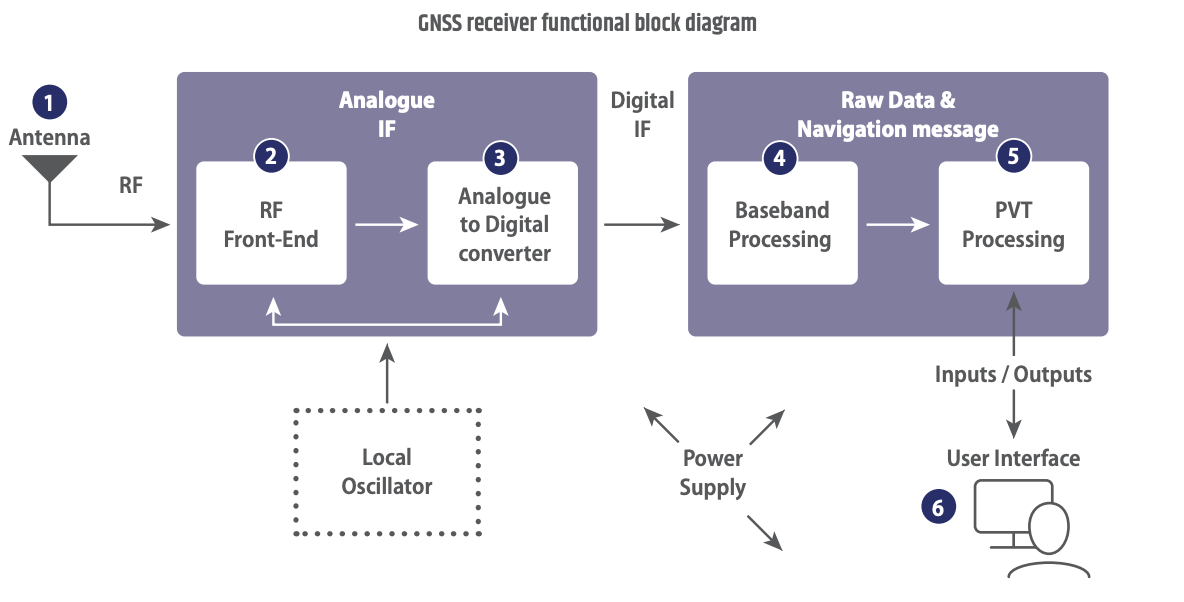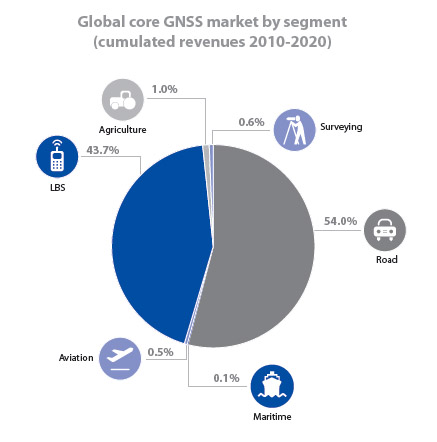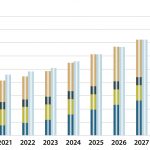The GNSS User Technology Report 2020 from the European GNSS Agency (GSA) analyzes the latest GNSS trends and developments as the GNSS industry broadly adopts multifrequency receivers across market segments.
The comprehensive Report draws input from GNSS receiver, chipset manufacturers and service providers, and serves as a tool for planning and decision-making in developing, purchasing and using GNSS technology. It has been published biennially since 2016 for industry, research and policy-makers.
‘’The GNSS industry is evolving at a rapid pace and is shaped by the dynamics of emerging applications and user needs as well as the upgrade of existing and new GNSS and Satellite Based Augmentation Systems (SBASs). The industry has understood the potential of Galileo’s unique features,” said Rodrigo da Costa, the GSA’s new Executive Director.
The report is built around five macrosegments, each with the stated sub-chapters:
- GNSS User Technology Overview
GNSS today
GNSS evolution
GNSS signals Galileo ground infrastructure
GNSS augmentation
5G and GNSS
Receiver design
Position processing
Multi-frequency
Signal processing
Receivers’ capabilities
GNSS vulnerabilities
Protecting GNSS
Authenticating GNSS
PNT beyond GNSS
European R&D -

GSA Receiver diagram High Volume Devices
Macrosegment characteristics
Receiver capabilities
Industrial landscape
Receiver form factor
Drivers and trends
E-GNSS added value - Safety- and Liability-Critical Devices
(Same sub-sections as above) - High-Accuracy Devices
(Same sub-sections as above) - Timing Devices
(Same sub-sections as above).
A special section, “Space Data for Europe”
Overview
EU space infrastructure
Tools to support data management
Cloud services
Challenges
Vision and benefits
Data and green deal
sheds light on the role that Copernicus and Galileo play within the European Space Programme in data management and use, now and in the future, paving the way towards the European Data Strategy and Green Deal.

“Today, Galileo and EGNOS already provide increased capabilities which are being used across a broad range of applications, and are already igniting the next generation of location-based applications. In the future, new services such as the Galileo High Accuracy Service (HAS), Galileo Open Service Navigation Message Authentication (OS-NMA) and Commercial Augmentation Service (CAS), will raise the accuracy and reliability bar even higher, and dramatically enhance positioning, navigation and timing solutions for businesses and citizens. By bringing insight and understanding into the evolutions of GNSS technology, we are creating opportunities for innovation,” concluded da Costa.
The full GNSS User Technology Report 2020 is available for download here.






